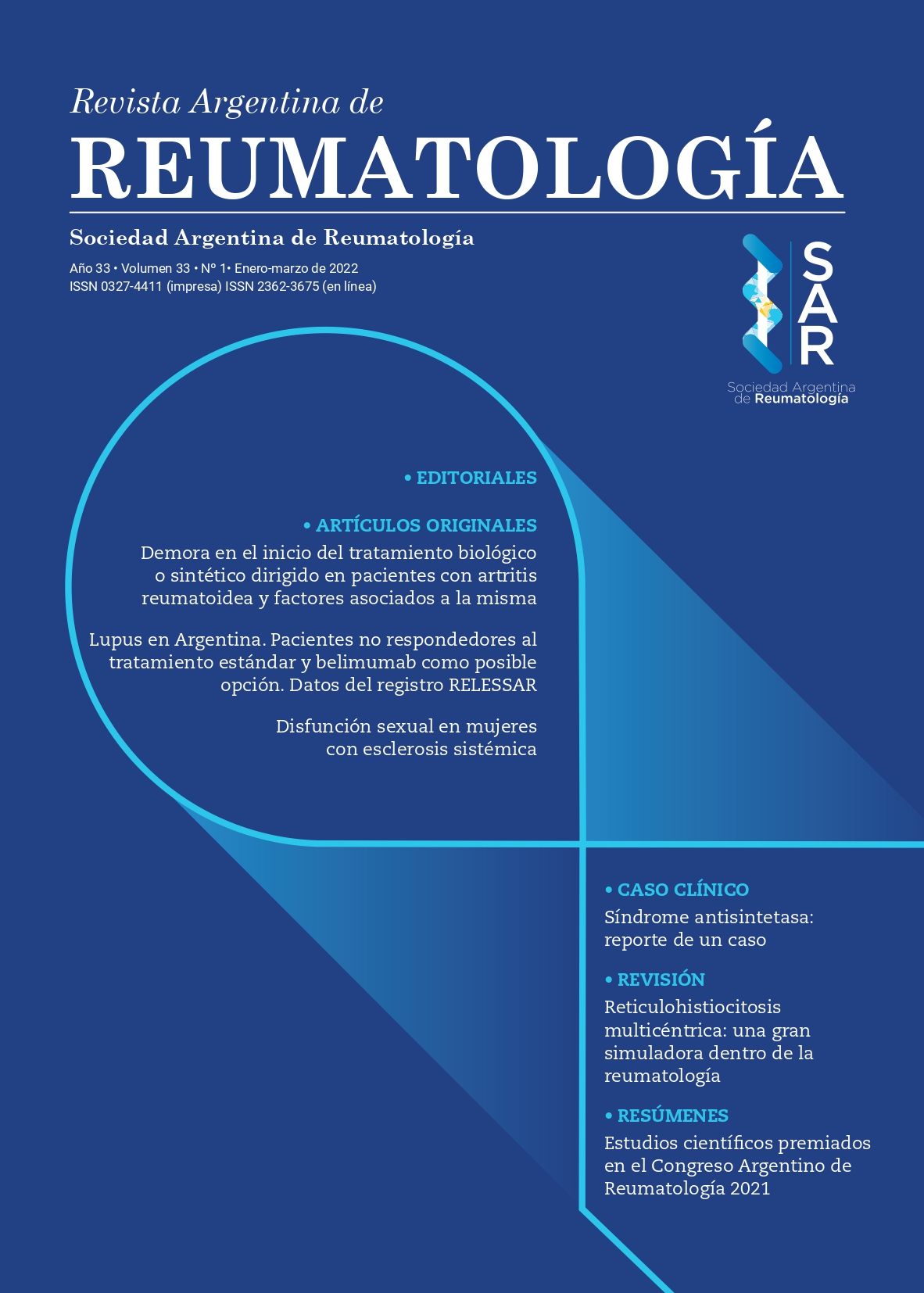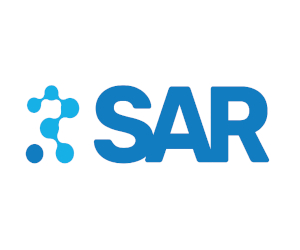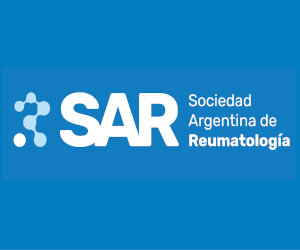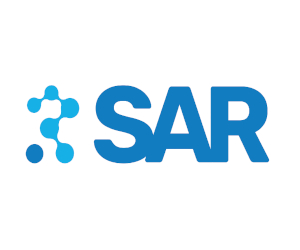Antisynthetase syndrome: a case report
Abstract
Anti-synthetase syndrome is a rare autoimmune inflammatory myopathy characterized by autoantibodies against tRNA synthetases (most commonly anti- JO-1) with clinical features that include myositis, interstitial lung disease, polyarthritis, mechanic’s hands and Raynaud’s phenomenon. We report a 45-year-old woman who presented with dermatomyositis phenotypical features and a significant improvement with corticosteroids and metotrexate treatment.References
I. Witt LJ, Curran JJ, Strek MEEl.The Diagnosis and Treatment of Antisynthetase Syndrome. Clin Pulm Med. 2016; 23 : 218-226.
II. Marco JL, Collins BF. Clinical manifestations and treatment of antisynthetase syndrome. Best Practice & Research Clinical Rheumatology 2020;34(4):101503.
III. Yelyzaveta Y, et al. Clinical puzzles and decision-making in antisynthetase syndrome. Cureus 2021;13 (6): e15931.
IV. Meik Sabrina, Hernandez Ines, Abeldaño Alejandra. Síndrome antisintetasa. Dermatología Argentina 2011; 17(1):18-25.
V. Imbert-Masseau A., Hamidou M., Agard C., Grolleau J.Y. et al. Antisynthetase syndrome. Joint Bone Spine, 2003; 70:161-168
VI. Cavagna L, Nuno L, Scire CA, Govoni M, Longo FJL, Franceschini F, et al. Clinical spectrum time course in anti jo-1 positive antisynthetase syndrome: results from an international retrospective multicenter study. Medicine (Baltim) 2015; 94(32):e1144.
VII. Meyer A, Meyer N, Schaeffer M, Gottenberg JE, Geny B, Sibilia J. Incidence and prevalence of inflammatory myopathies: a systematic Review. Rheumatology (United Kingdom) 2015;54:50-63.
VIII. Gómez G, Gargiulo M, Granel A, et al. Métodos de diagnóstico en el estudio de las miopatías inflamatorias autoinmunes. Datos del Registro argentino de miopatías inflamatorias de la Sociedad Argentina de Reumatología. Rev Arg Reumatol 2020;31:3-7.
IX. Lilleker JB, Vencovsky J, Wang G, et al; all EuroMyositis contributors. The EuroMyositis registry: an international collaborative tool to facilitate myositis research. Annals Rheuma Dis 2018;77:30-39.
X. Shi J, Li S, Yang H, Zhang Y, Peng Q, Lu X, Wang G. Clinical profiles and prognosis of patients with distinct antisynthetase autoantibodies. J Rheumatol 2017 Jul;44(7):1051-1057.
XI. Cavagna L, Trallero-Araguás E, Meloni F, et al. Influence of antisynthetase antibodies specificities on antisynthetase syndrome clinical spectrum time course. J Clin Med 2019;8(11):2013.
XII. Zamarrón de Lucas E, Gómez Carrera L, Bonilla G, et al. Síndrome antisintetasa análisis de 11 casos. Med Clin 2017;148(4):166-169.
XIII. Gallay L, Gayed C, Hervier B. Antisynthetase syndrome pathogenesis: knowledge and uncertainties. Curr Opin Rheumatol 2018;30(6):664e73.
XIV. Ascherman DP. Role of Jo-1 in the immunopathogenesis of the anti-synthetase syndrome. Curr Rheumatol Rep 2015 Sep;17(9):56.
XV. Tillie-Leblond I, Wislez M, Valeyre D, Crestani B, et al. Interstitial lung disease and anti-Jo-1antibodies: difference between acute and gradual onset. Thorax 2008; 63(1):53e9.
XVI. Cavagna L, Nuño L, Scirè CA, Govoni M, Longo FJ, Franceschini L, et al. Clinical spectrum time course in anti Jo-1 positive antisynthetase syndrome. Results from an international retrospective multicenter study. Medicine (Baltimore) 2015;94(32):e1144.
XVII. Hervier B, Devilliers H, Stanciu R, Meyer A, Uzunhan Y, Masseau A, et al. Hierarchical cluster and survival analyses of antisynthetase syndrome: phenotype and outcome are correlated with anti-tRNA synthetase antibody specificity. Autoimmun Rev 2012 Dec;12(2):210-7.
XVIII. Hamaguchi Y, et al. Common and distinct clinical features in adult patients with anti-aminoacyl-tRNA synthetase antibodies: heterogeneity within the syndrome. PloS one 2013;8 (4):e60442.
Copyright (c) 2022 Intellectual property rights: authors. Reproduction rights: Argentine Society of Rheumatology

This work is licensed under a Creative Commons Attribution-NonCommercial-NoDerivatives 4.0 International License.










